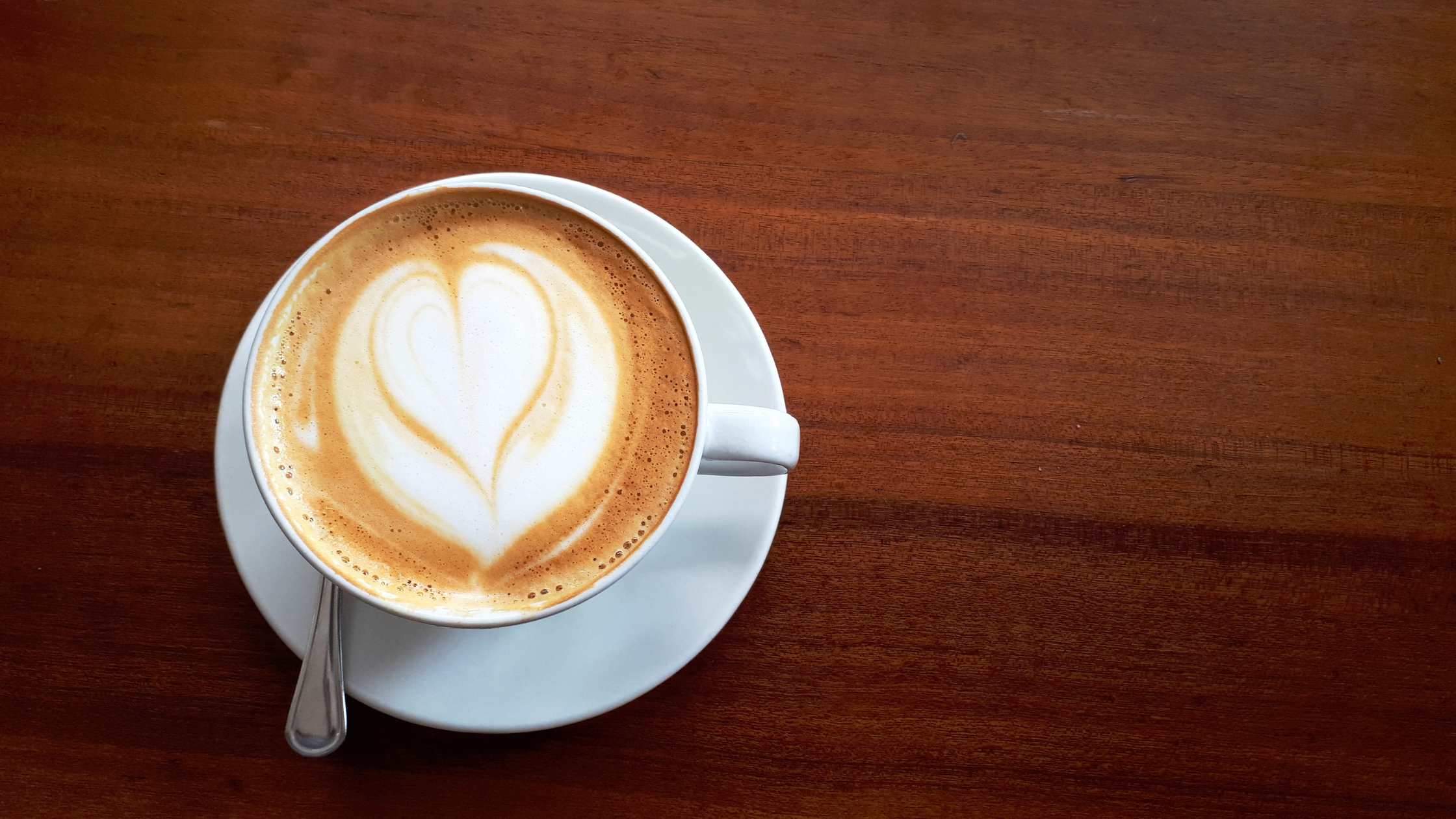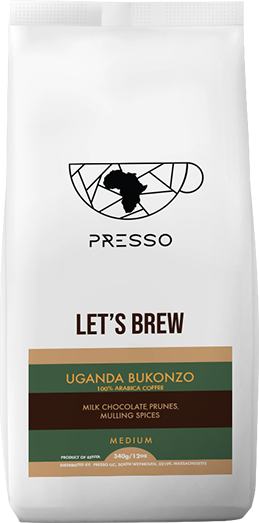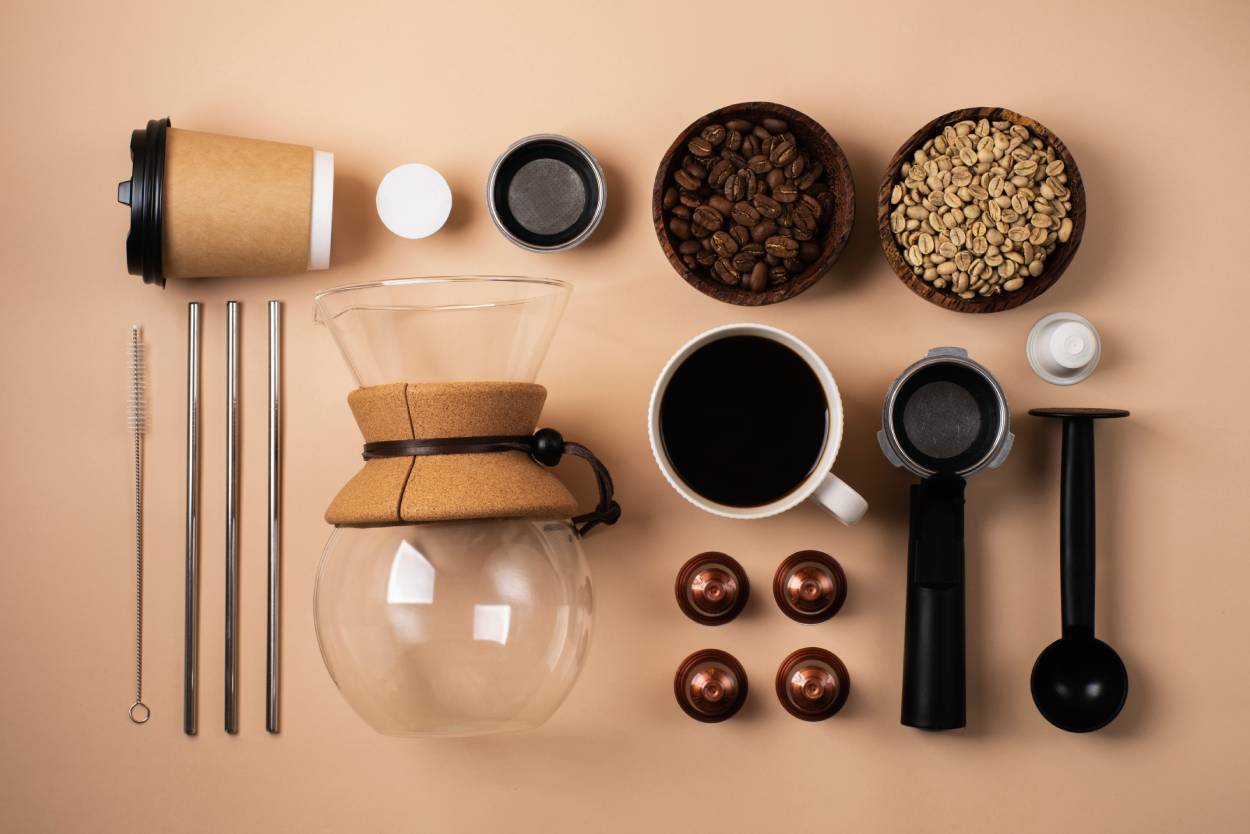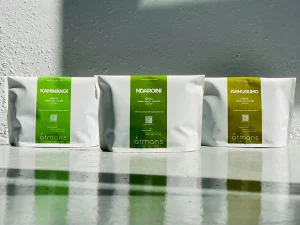
Mastering the Art of Coffee Bloom: Unlocking Better Flavor in Every Cup
Mastering the Art of Coffee Bloom: Unlocking Better Flavor in Every Cup
- Adam Smith
- 15-05-2025
- 21-07-2025
- 691 views
- Coffee Beans

If you’ve ever brewed a pour-over or French press coffee and noticed a bubbly, frothy rise when hot water hits the grounds — congratulations, you’ve witnessed the coffee bloom. But what exactly is this phenomenon, and why is it critical for achieving a flavorful cup?
In this blog, we’ll explore the science behind coffee bloom, why it matters, and how to make the most of it in your daily coffee ritual.
What is Coffee Bloom?
Coffee bloom refers to the rapid release of carbon dioxide (CO₂) when hot water first comes in contact with freshly ground coffee. During the roasting process, beans trap gases inside. Once ground and exposed to hot water, those gases escape — creating the bloom.
This blooming phase is crucial because excess CO₂ can repel water during brewing, resulting in uneven extraction. That means your coffee could end up sour, underwhelming, or just flat.
Why Is Bloom Important?
-
Releases Trapped Gases
CO₂ is not just a gas — it’s a barrier. If it’s not released before the brewing process, it interferes with the water’s ability to fully extract the flavors from your grounds. -
Promotes Even Extraction
A well-bloomed coffee bed means water can flow evenly through the grounds, pulling out all the rich, aromatic compounds that give your coffee its body and flavor. -
Enhances Aroma and Taste
You’ll notice that bloomed coffee smells more vibrant. That’s because degassing releases aromatic compounds, which leads to a more flavorful and aromatic brew.
How to Bloom Coffee Properly
For Pour Over (like V60 or Chemex):
-
Use fresh coffee (roasted within the last 2-3 weeks).
-
Heat water to around 195–205°F (90–96°C).
-
Start by pouring a small amount of hot water (2x the weight of coffee).
-
Let it sit for 30–45 seconds. You’ll see bubbles and foam rise — that’s the bloom!
-
Continue pouring in a slow, circular motion to finish the brew.
For French Press:
-
Pour just enough hot water to wet the grounds.
-
Stir gently to expose all grounds to water.
-
Let it bloom for 30 seconds, then fill the press to the top and steep as normal.
Common Mistakes During Blooming
-
Using Stale Coffee
Pre-ground or old beans don’t bloom much — the gases are already gone. Always use freshly roasted whole beans for optimal bloom. -
Skipping the Bloom
If you’re brewing manually and skip blooming, you risk under-extraction. Always bloom, even if you’re in a rush. -
Using Cold or Lukewarm Water
Water that’s too cool won’t trigger the bloom properly. Stick to the ideal temperature range.
How to Know If Coffee is Fresh?
The strength of the bloom is a good indicator of freshness. A vigorous, bubbly bloom means fresh beans. Little to no bloom? Likely stale.
Also, look for:
-
Roast date on the bag.
-
Whole beans with a strong, pleasant aroma.
-
Visible oil sheen (especially on medium-dark to dark roasts).
Does Blooming Affect Taste That Much?
Yes — and here’s why. Without proper blooming:
-
Your coffee may taste sour (under-extracted).
-
It can feel thin or watery.
-
Subtle flavor notes may be muted or lost entirely.
When done right:
-
The coffee is sweeter and more balanced.
-
Acidity is cleaner.
-
The mouthfeel is smoother.
Final Thoughts: The Little Step That Makes a Big Difference
Whether you’re a casual coffee lover or an aspiring home barista, mastering the coffee bloom is a small detail that can have a big impact. It’s not just a flashy step — it’s the foundation for a better brew.
Next time you’re making coffee, take that extra 30 seconds to let it bloom. Your taste buds will thank you.






















